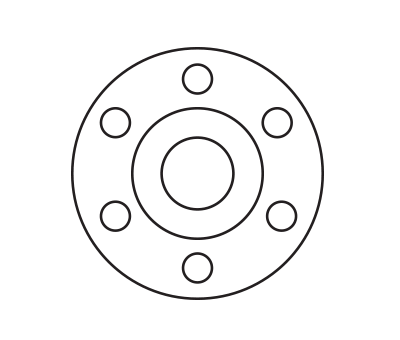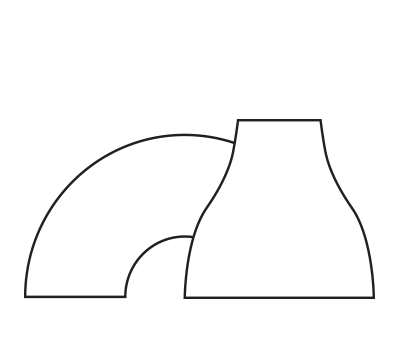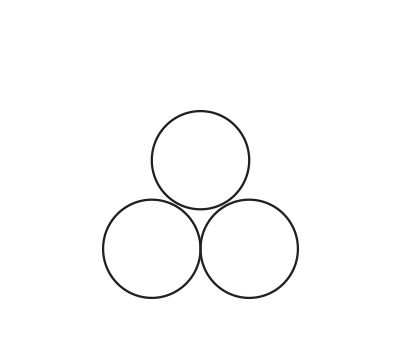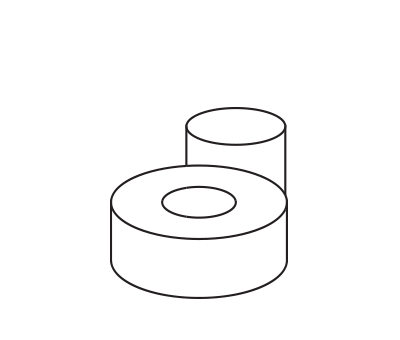1.4335
- UNS S 31002
- X1 Cr Ni 25.21
- 310L NAG
Austenitic stainless steel with sharp control of the residual elements in order to provide high corrosion resistance properties in boiling 50-65% Nitric acid solutions. The silicon content is kept under 0.3% while the carbon content is lower than 0.015%.
Molybdenum additions are also well known to reduce the behaviour of the steel in nitric acid solutions. This explains why the molybdenum content is guaranteed lower than 0.3% . The sharp control of Carbon, Silicon and phosphorus contents makes it possible to produce a more stable austenite microstructure, free of intermetallic or carbide precipitations. The alloy is designed for nitric acid applications.
- Production of nitric acid,
- Ammonium nitrate production,
- Nuclear fuel reprocessing
- Hydrofluoric pickling.
The grade is not recommended for concentrated nitric acid purposes or highly oxydizing nitric acid solutions (with Cr VI species…)
Mechanical Properties
| Tensile strength: | 470-670 | N/mm² |
| Yield strength 0,2% : | 283 | ≥ N/mm² |
| Elongation: | 40 | ≥ % |
| Hardness Brinell: | 220 | ≤ HB |
Chemical Composition
Carbon
C
0,02% max
Silicon
Si
0,15% max
Magnese
Mn
2,00% max
Phosphorus
P
0,025% max
Sulphur
S
0,005% max
Chromium
Cr
24-26% max
Nickel
Ni
20-22% max
Nitrogen
N
0,10% max
Heat Treatment
1100/1150°C (2010/2100°F) followed by rapid cooling.
Because of its high chromium content, 1.4335 has an excellent resistance in boiling nitric acid solutions of less than about 70% concentration.
- Huey tests A262 Practice C – 5 x 48 hours
- Corrosion rate (mm/year)
- Without sensitization : < 0.15 (6 mpy)
- After 1hour at 675°C : < 0.20 (8 mpy)
- After 0.5 hour at 700°C + Slow cooling (50°C/h) : < 0.25 (10 mpy)
Welding The welding of fully austenitic material requires precautions against hot cracking.
- manganese addition in the filler wire,
- low heat input (< 15 KJ/cm)
- controlled welding conditions
- prevention of deformations during welding.
From the corrosion resistance point of view, GTAW/TIG welding is the prefered method and welds in contact with the corrosive solution should preferably be welded using this method.
Marking
All material will be marked as follow:
- Manufacturer’s name
- Material grade
- Size
- Heat Number
Certification
Material will be delivered with certificate EN 10204 3.1
Other Nitric Acid grades
| EURONORM/DIN | WERKSTOFF NR. | AISI | UNS | BRAND NAME |
|---|---|---|---|---|
| X1 CrNiSi 18-15 | 1.4361 | (F46) | S 30600 | URANUS S1 ® |
| X1 Cr Ni 25-21 | 1.4335 | 310L | S 31002 | URANUS 65 ® 2RE10 ® |







